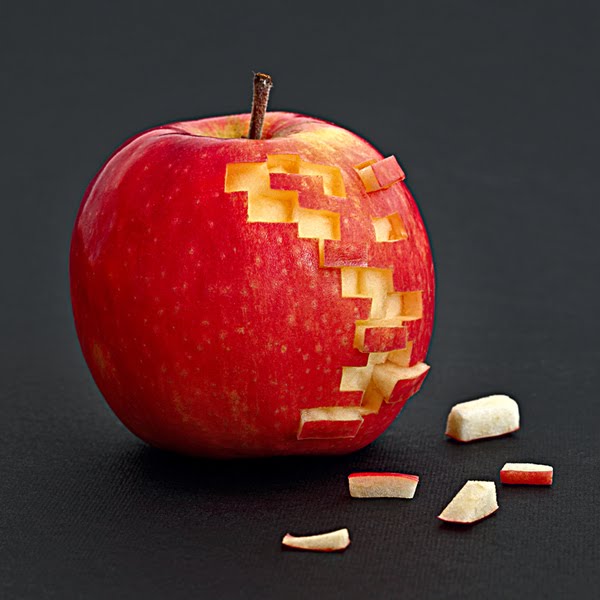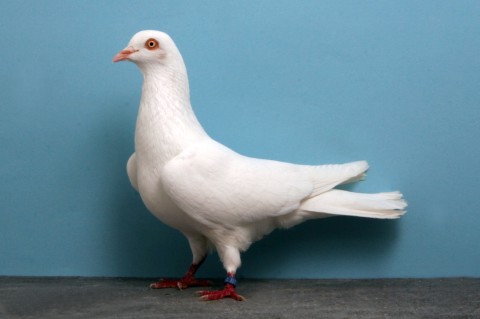Europe's largest and most volatile volcano Mount Etna spews molten lava from the earth's core thousands of feet above the Sicilian countryside
- Mount Etna's latest eruption was caught on camera from Acireale, near Cantania, in Sicily
- It spewed molten lava into the air and sent thick plumes of smoke and ash over the Italian island
- Almost 1million years old, the volcano is currently standing at 10,925 feet tall and still growing
|
Europe's most active volcano Mount Etna has erupted - spewing molten lava thousand of feet above the Sicilian countryside.
The eruption, which was captured on camera from Acireale, near Cantania, sent thick plumes of smoke and ash over the Italian island last night.
The breathtaking footage shows the volatile volcano emitting streams of hot lava from the earth's core.
Scroll down for video
Breathtaking: Mount Etna, Europe's most active volcano, spews molten lava thousand of feet above the Sicilian countryside during its latest eruption
Fiery sight: A group of men engage in conversation, seemingly unaware that the volatile volcano is emitting streams of hot lava from the earth's core
Explosive: The eruption was captured on camera from Acireale, near Cantania. It is the sixteenth paroxysmal eruption recorded this year
Powerful: The eruption sent thick plumes of smoke and ash over the Italian island last night - forcing airport officials to close airspace over Mount Etna
The explosion - which is the sixteenth paroxysmal eruption recorded this year - did not endanger any of the villages dotted around the slopes of the mountain.
However, staff at Cantania Airport have been forced to close airspace above Mount Etna, which is the largest and most active volcano in Europe.
This is because the vast ash clouds could be hazardous to aircraft, as they could potentially melt and coat moving parts with a layer of glass.
This would ultimately cause the planes' engines to shut down.
Incredible: The explosion - which lit up the Sicilian sky - did not endanger any of the villages dotted around the slopes of the mountain
Mount Etna's last major eruption was in 1992 - causing a fast-flowing river of molten lava to cascade down the slopes of the mountain.
Despite the town of Zafferana being endangered by the streams of the red-hot liquid, successful diversion efforts saved the town and only one building was destroyed.
However, the fiery volcano, currently standing at 10,925 feet tall, is still in constant activity. Astonishingly, it is steadily growing, and has been for 500,000 years, when eruptions began.
Its latest eruption was preceded by a violent tremour on Monday, which sent hundreds of perfect smoke rings into the air.
Risk: However, staff at Cantania Airport have been forced to close airspace above Mount Etna, which is the largest and most active volcano in Europe
Danger: This is because the vast ash clouds could be hazardous to aircraft, as they could potentially melt and coat moving parts with a layer of glass. This would ultimately cause the planes' engines to shut down
No signs of stopping: The fiery volcano is still in constant activity. It is situated on the geological boundary where the European and African plates collide
Experts believe the eruption may have sparked a change in the structure of a vent, perhaps into a particularly circular shape - allowing Mount Etna to spew the unusual smoke-like formations.
The volcano, which came into existence almost one million years ago, has been well-documented since 1500BC, when its eruptions forced civilians to migrate for safety.
Since then, there have been more than 200 eruptions - from the almost undetectable to the catastrophic.
In 122 BC, an explosive eruption spewed so much ash onto the town of Catania - crushing hundreds of houses - that the town's inhabitants were exempted from paying taxes to Rome for ten years.
Horrific: Mount Etna's last major eruption was in 1992, pictured, causing a fast-flowing river of molten lava to cascade down the slopes of the mountain
The most powerful eruption to date was in 1669, when the explosions destroyed part of the summit and the lava flows reached the sea more than ten miles away.
This disaster prompted town leaders to attempt to control the flows of lava - to no avail.
An extremely violent eruption in 1852 produced more than 2 billion cubic feet of lava and covered more than three square miles of the volcano's base, while the longest eruption began in 1979 and went on for thirteen years.
Near-miss: The town of Zafferana was endangered by the streams of the red-hot liquid; however, successful diversion efforts saved the town from much damage
Mount Etna's current activity consists of continuous summit degassing, explosive Strombolian eruptions, and frequent basaltic lava flows.
It has proved a constant concern for Sicily - with more than 25 per cent of the island's population living on Etna's slopes.
The volatile volcano is also the main source of income for the island due to a combination of agriculture - stemming from its rich volcanic soil - and tourism.








































